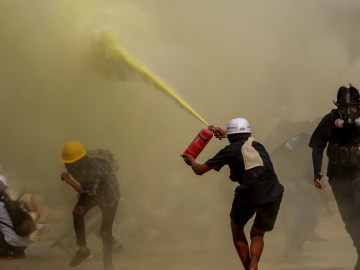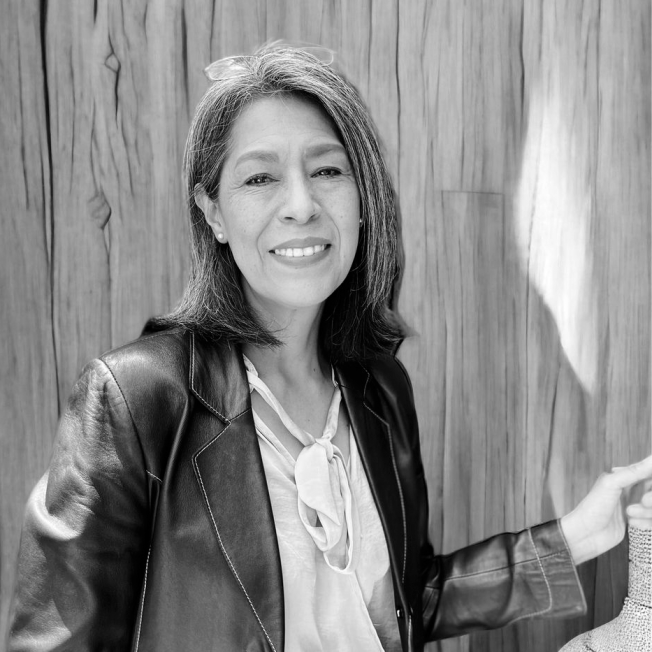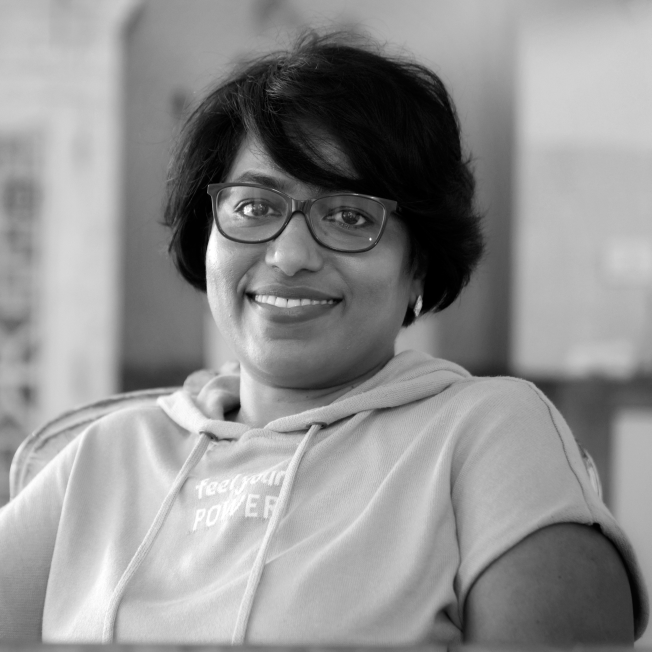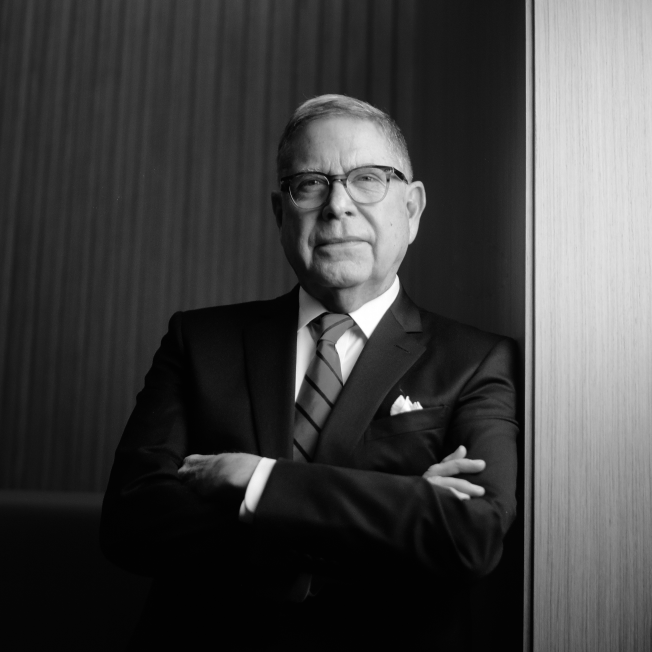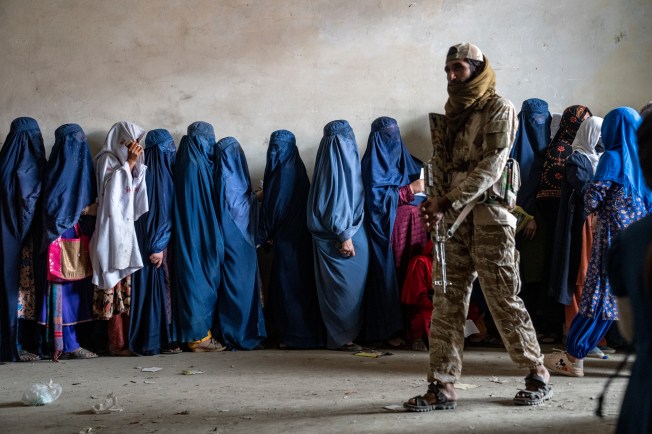
Journalists brace for attacks during India election
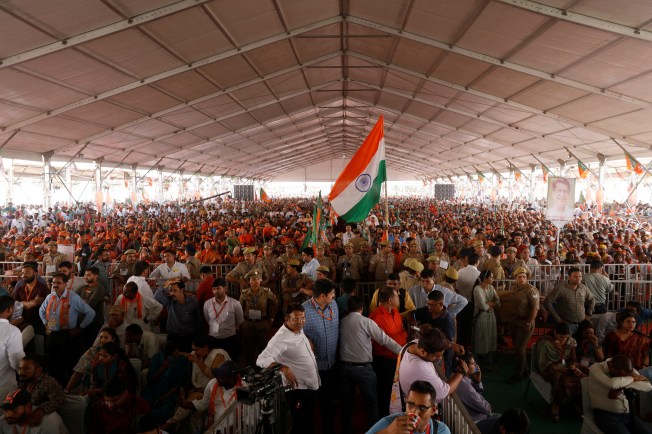
From April 19 until June 1, the world’s biggest democracy is holding the world’s biggest election, which the Hindu nationalist Bharatiya Janata Party (BJP) of Prime Minister Narendra Modi, who has been in power since 2014, is expected to win.
CPJ spoke to reporters and editors across India about their plans for covering these historic parliamentary elections in a difficult environment for the media, which has seen critical websites censored, prominent editors quit and independent outlets bought by politically-connected conglomerates, while divisive content has grown in popularity.
Chief among journalists’ concerns is election violence. Many journalists fear that they will not receive adequate protection or support from their newsrooms on dangerous assignments.
Since the last general election, a record number of journalists have been arrested or faced criminal charges, while numerous critical outlets have been rattled by tax department raids investigating fraud or tax evasion. More than a dozen journalists were harassed or injured during the 2020 Delhi riots, the capital’s worst communal violence in decades, in which more than 50 people died.
Read CPJ’s safety guide for journalists covering the India election
Read more of CPJ’s India coverage
‘Part of the CPJ family’: Journalist, former hostage Terry Anderson dies at 76

The Committee to Protect Journalists (CPJ) is deeply saddened by the April 21 death of Terry Anderson, journalist and CPJ’s former vice chair and honorary chairman.
Anderson, a former Associated Press journalist who was kidnapped and held hostage in Lebanon for six years, knew firsthand the threats that faced journalists seeking to report freely, and was an outspoken and dedicated advocate for press freedom.
“Terry was part of the CPJ family for over 25 years,” said Jacob Weisberg, CPJ chair. “He took that responsibility seriously – joining CPJ to advocate on behalf of journalists at risk around the world at the highest levels. Our thoughts are with his family and especially with his daughter Sulome, herself a journalist.”
Watch Terry Anderson in this documentary and read his remarks accepting a 2006 Emmy on behalf of CPJ.
More From CPJ
Safety Resources
Journalists Attacked
Hamza Al Dahdouh

International Press Freedom Awards
Meet CPJ’s 2023 winners
The Committee to Protect Journalists promotes press freedom worldwide.
We defend the right of journalists to report the news safely and without fear of reprisal.

Jam Saghir Ahmed Lar
Daily Khabrain, Pakistan

Zayd Abu Zayed
Quran Radio, Israel and the Occupied Palestinian Territory

Myat Thu Tan
Western News, Myanmar

Mardonio Mejía
Sonora Estéreo, Colombia

Mardonio Mejía
Sonora Estéreo radio station, Colombia

Hamza Al Dahdouh
Al-Jazeera, Israel and the Occupied Palestinian Territory
